As audiophiles, our auditory DNA encourages us to seek better sound in virtually any way possible. Our main stated goal is to enhance and improve our listening experience. We move speakers and listen. We change settings on components and listen. We move furniture, rearrange our audio rooms and listen. We even replace existing components with upgraded versions designed to make music sound better. And yes, when we do so, we listen.
And the enemy of all this effort, all the listening, all the time and money spent in the pursuit of better sonics, is distortion. In fact, distortion is perhaps the one factor separating the audiophile hobby from other musical reproduction methods. Very simply put – less distortion means better-sounding music, thus more distortion means worse-sounding music. Consider, for instance, middle fidelity, or mid-fi. One of the main differences between mid-fi and truly high-performance audio is how much distortion the electronics pass along to the speakers. For mid-fi, the amount of distortion that is measured or heard can be significant. For extremely expensive high-level audiophile equipment, the amount of measured distortion can range from slightly audible to completely inaudible.
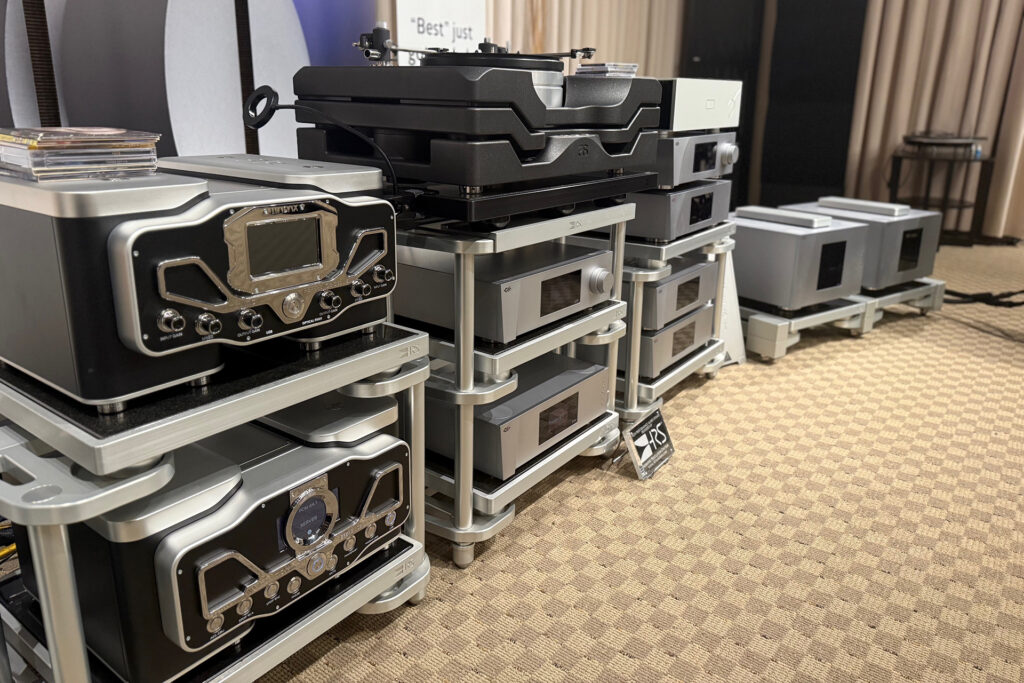
What is Vibrational Energy and How Does It Affect Our Music?
When air particles move around a point of equilibrium, the ensuing kinetic energy is referred to as vibrational energy. When, for instance, strings on a guitar are plucked, or a drumhead is struck by a drumstick, or the reed on a woodwind instrument is blown, air molecules are displaced and soundwaves are created. These soundwaves are transmitted at specific frequencies and amplitudes, which determine pitch and how loud the vibrations sound to our ears. Likewise, when the voice coils of speakers become electrified, they create movement, and the result is displaced air into the room. This air movement is vibrational energy, which are the mechanics behind how we are able to hear music.
How Does Distortion Affect the Music We Enjoy?
Knowing that all speaker systems move air to create sound is an important first step in better understanding distortion. Whether dynamic, planar, electrostatic, horn or some hybrid design, all loudspeakers move air. Our eardrum vibrates at specific rates when triggered by the air molecules moving throughout the room. Electrical impulses are then sent from the ear to the brain, and we hear music. This is called sympathetic movement, because the air molecules and the eardrum are moving in “sympathy” with each other based on frequency, pitch, amplitude and other factors. However, distortion causes this sympathetic movement of the eardrum and air molecules to become degraded, and the level of sonic quality is summarily reduced. The more distortion, the worse the sound. For example, anyone who has increased the volume on one of those $899 receivers at Best Buy can instantly hear how the sound will become profoundly worse as the amplitude is increased. And the culprit for this aural degradation is distortion. Typically, we measure distortion as signal to noise ratio, or SNR. This is defined as a comparison, or ratio, of a musical signal to the level of background noise. The more background noise, the more compromised the signal, and the worse the music will sound. The higher the SNR, the less the distortion, and improved sonics will be the result. SNR is generally measured in decibels.
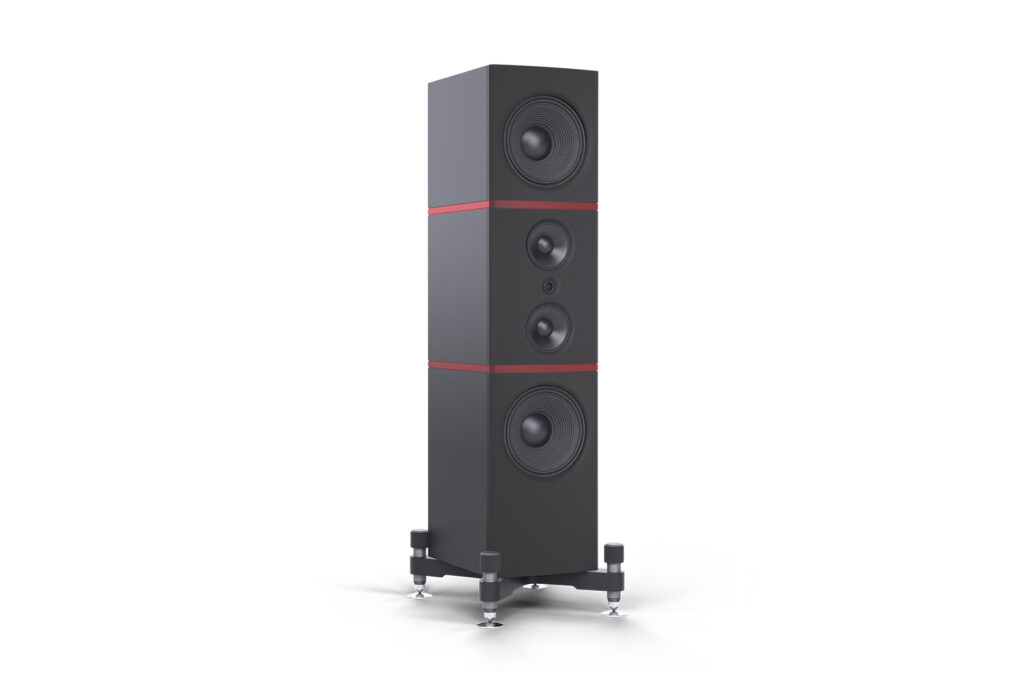
What Are the Three Types of Vibrational Distortion?
In practically every aspect of our musical enjoyment, distortion is firmly entrenched at the helm to degrade listening satisfaction. Principally, distortion is created by, and negatively affects, the SNR in three ways – airborne, structure-borne, and internally-borne.
Airborne vibrations occur all around us and our systems. For instance, having large floorstanding speakers, or powerful subwoofers, may cause resonances from the speakers themselves. These resonances may distort the signal, even in ancillary equipment, and degrade the quality of the music. In vacuum tube equipment, for example, vibrations from speakers may cause what is called microphonics, or an external force, causing the tube to vibrate and develop an extraneous signal, which is then transmitted through the speakers. One example of these vibrations may be artificially created by lightly tapping the chassis of a tube amp and hearing the same tapping sound through the speakers. Another example can be created by placing a low-frequency transducer close to a turntable. Modern cartridges are experts at picking up unwanted low-frequency sounds from woofers and passing them along to ultimately become distortion. Place a turntable close to anything with a large transformer, such as a power amplifier, and a hum will sometimes result. Typically called a ground loop, the resultant hum is easy to hear but profoundly difficult to identify and eliminate.
Another example of airborne-induced distortion comes from audio cables themselves. All wire acts as an antenna. Because of this proficiency, the cabling of stereo systems will often pick up signals passing through our audio rooms. These include radio, television, cell phones, WiFi and Bluetooth. Should these signals be picked up by any one cable in an audiophile system, the signal may be passed through to the speakers, ultimately manifesting as distortion. This is almost a certainty with single-ended cables on non-balanced equipment. The cables used will be RCA-type. For better gear, dual mono, fully-balanced from input to output, professional-grade audio cable, or XLR, will typically be the preferred choice. XLR cables have one positive conductor, one neutral conductor and one ground. These cables were originally used in professional studios because of a simple, highly effective distortion-reducing trait in electronics called common mode rejection. In addition, higher-quality cables typically utilize superior dielectric properties and may do an excellent job of blocking the cable from picking up an external signal.
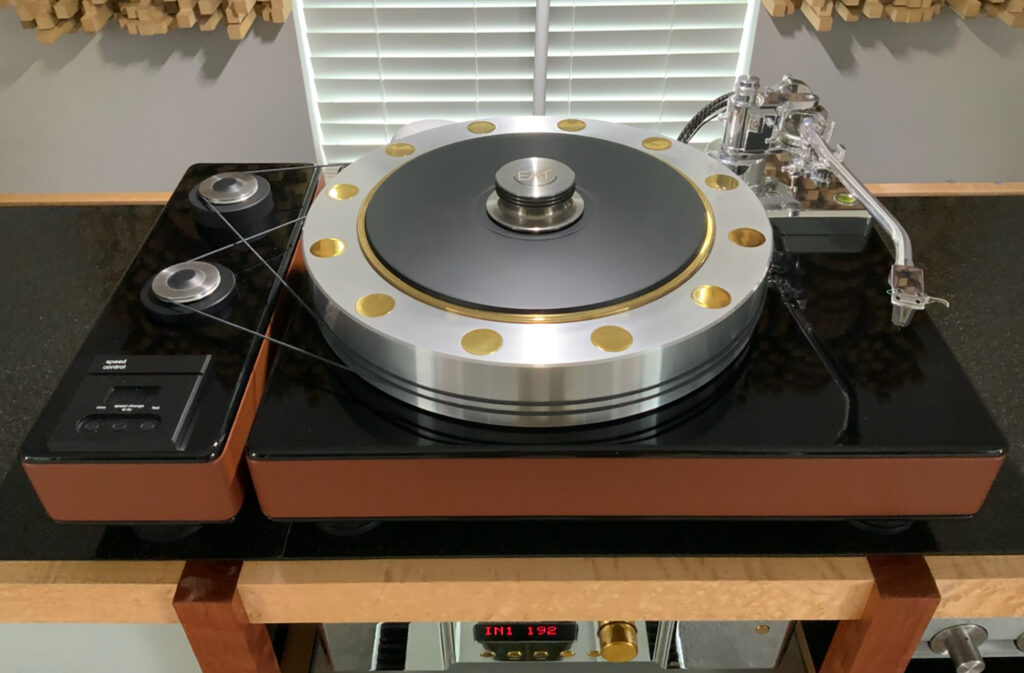
In electronics, all systems utilizing common mode rejection will reject a signal that occurs on both the positive and neutral conductor, and are in the same phase on both input lines. The better audio systems will consist of electronics that are designed as dual mono, balanced from input to output circuitry. Non-balanced equipment, on the other hand, utilizes single-ended RCA, or one conductor with a common neutral and ground. When balanced equipment detects a common signal, in the same phase, on both the positive and neutral conductors, common mode rejection takes place. As such, because the unwanted signals are in the same phase, and common to both conductors, they are eliminated – thereby effectively removing the distorted signal. Only the actual music signals with opposite phase across both the positive and neutral conductors are allowed to pass. Single-ended or non-balanced devices have only one hot conductor. Therefore, the system sees the music signal and the distorted signal as the same. The distortion is then passed along and is projected by the speakers. And increased distortion is the unhappy result. For these reasons, pro audio almost always uses balanced equipment and XLR conductors. They dislike distortion as well.
Structure-borne distortions are generally considered vibrational energy propagated through solid objects. As it applies to an audio system, speakers played at very high amplitudes may vibrate at a specific frequency and cause distortion, which may range from annoying to catastrophic. These same vibrations may be passed along to the individual audio components themselves, causing vibrational energy to be converted to distortion. Another example, for anyone using a turntable, the very motion of walking through the room may vibrate, even bounce the tonearm and disrupt, even corrupt the analog signal. This phenomenon is typically called footfalls.
Last is internally-created vibrational energy. It is in this area where a significant amount of product design has been pursued to lessen the negative effects of internally-created distortion. All internal components – transformers, power supplies and circuit boards – will vibrate with normal use. All the internal parts of power amps, preamps, CD players, music servers/streamers, DACs and, well, every piece of gear in an audio system has the potential to convert vibrational, or mechanical, energy to electrical energy, which will then be passed along by the system to the speakers. Distortion is therefore the sonic reward. Internally-manufactured distortion is typically immune to the positive effects of common mode rejection, because the distorted signal mirrors a music signal. Manufacturers use a variety of design efforts to isolate and contain various components to enhance sonics. These efforts, however, only go so far. All three types of distortion, it should be noted, may act in concert with each other. This may require multiple methods of treatments to remove the potential for compromised sonics due to distortion.
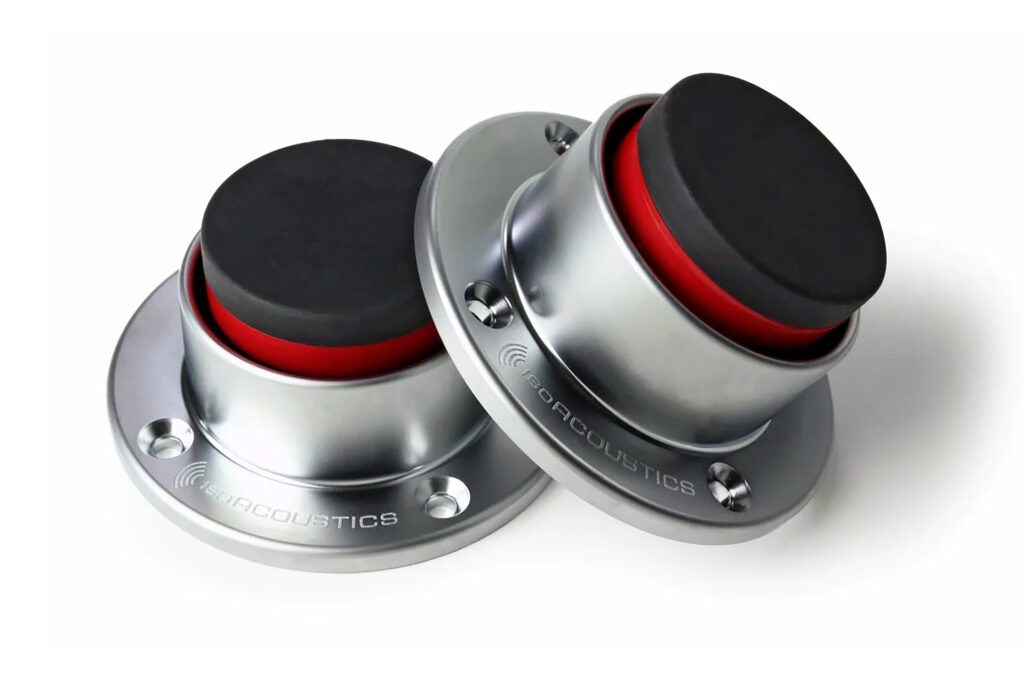
What Are Some Solutions to Vibrational Distortion?
The science of the field of vibrational distortion reduction began in the audiophile world back in 1983 with a product called Tiptoes, which was invented by Steve McCormack. Tiptoes was a machined aluminum cone, which ended in a very sharp point. It was designed to be placed under equipment. We use similar products today to, for example, anchor speakers to the floor. At first, these types of products were ridiculed and dismissed as nonsense. When their usefulness became obvious, especially their cumulative effects, the interest in vibrational absorption products essentially exploded. Today, they have become an industry unto themselves. It is important to understand that these products work best when used cumulatively. Using them on one device may not create any noticeable overall improvement.
Basically, modern-day anti-vibrational energy products are designed as a footer device and a platform. Both designs are intended to remove, or bleed off, mechanical energy from inside the component chassis prior to being converted to electrical energy. This energy will then pass down through the component housing and into the footer or platform itself. From there, a mechanical process known as constrained layer dampening will convert the signal to a fractional amount of heat. The potential distortion is therefore reduced or, ideally, totally eliminated.
There are a plethora of manufacturers making such devices. For my own use, I have found significant results with Stillpoints and IsoAcoustics. Both utilize an insulation layer to enable the conversion of energy to heat. In the case of Stillpoints, they use ceramic balls. IsoAcoustics uses proprietary insulation materials, which help eliminate unwanted vibrations.
A platform is also a popular method of converting energy to heat. Because the surface area of a platform is so much greater than a footer device, manufacturers of platforms will typically claim their method removes more distortion, because of a dramatic increase of the surface area. Design-wise, platforms almost always use a middle layer of a material in a constrained layer-dampening configuration. Once again, I use platforms in my system. I have and use several Super Plus platforms by a company called Symposium. One interesting fact: Symposium platforms can double as amplifier and speaker stands. In fact, my Super Plus platforms will support about 1,000 pounds, making them capable of supporting any amp or speaker made.
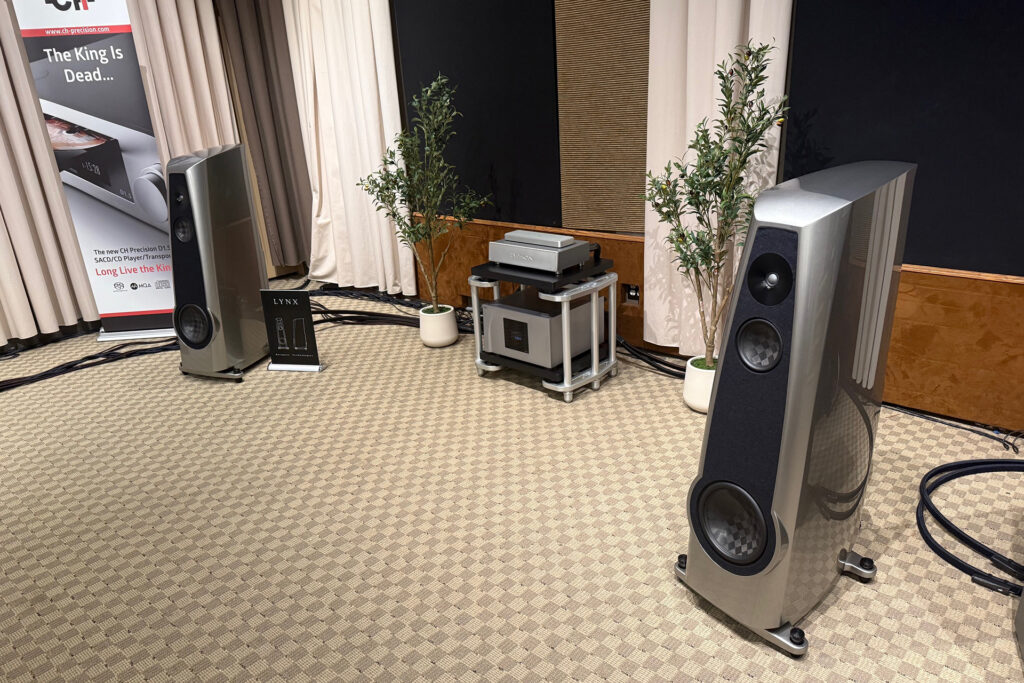
Equipment Racks Also Function as Anti-Vibrational Devices
An audiophile equipment rack, in addition to being a means to hold all the gear in an audio system, may also work to improve sonics. Many of these racks have adjustable shelves to allow for components of various heights. This is particularly important for amplifiers, which require airflow for cooling. Racks can also be much more than something on which to sit gear. They can also function as vibrational energy removal devices. Most have a shelf that is designed in some way to remove vibrational energy. Likewise, these products follow the laws of thermodynamics and utilize some form of constrained layer dampening as the operational design. Such racks may also be quite attractive and visually enhance the system’s overall appearance. However, they can also be prohibitively expensive. Depending on the manufacturer and the level of performance, I could easily spend up to as much as about $50,000 on a rack large enough for all 10 of the components in my system.
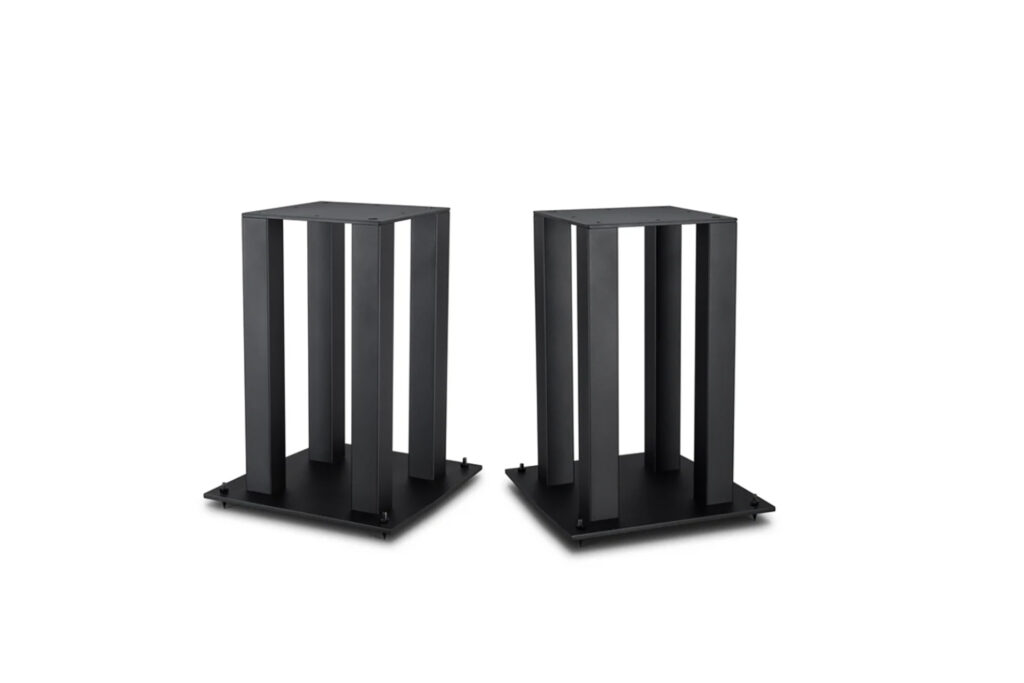
How Much Does It Cost to Reduce Distortion in an Audiophile System?
As might be expected, cost ranges from very affordable to very expensive. For instance, I currently have eight Stillpoints Ultra 6s with base devices in my system. Four are under the amplifier and four are under the preamplifier. Current retail price for an Ultra 6 with base is about $1,200 each. Conversely, I am also using a footer, which I found on Amazon, under both my subwoofers. They consist of a top and bottom with multiple springs connected to each half. I paid $22 for four, so I have a total of $44 invested. I read several positive reviews on these products and thought, why not? If they don’t work, I’ll put them in the closet and probably forget about them. What surprised me the most is how well they did work. I put them under my subs, was shocked at the low-frequency improvement, and they remain there to this day. I have even seen pads made from a top and bottom layer of Sorbothane, or synthetic rubber, with a middle layer of cork. Again, like the springs in my Amazon specials, the cork acts a layer to convert vibrational energy to heat. These pads sold for about $4 each. Bottom line, it is not necessary to spend tens of thousands of dollars in anti-vibrational products. It is certainly possible, but not required.
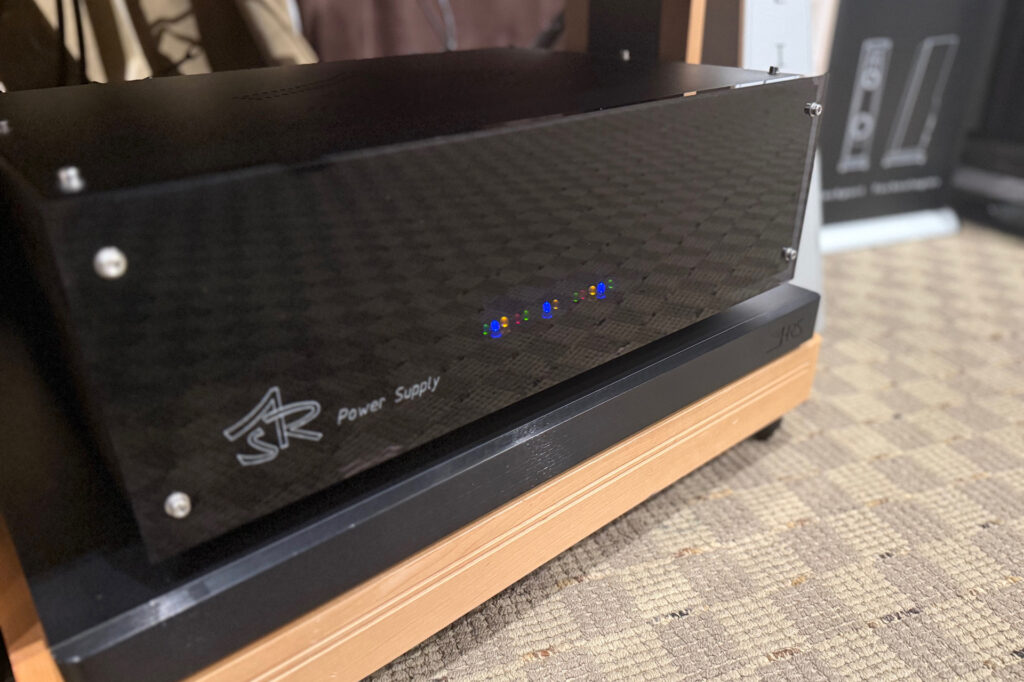
Some Other Tips on Controlling and Reducing Vibrational-Borne Distortion
- For the best cumulative results, use anti-vibrational footers and/or platforms under each key component in an audio system.
- Position footers directly under the place inside the cabinet where vibration-producing components are housed. Examples include putting them directly beneath a power supply or transformer.
- Keep turntables away from any component with a large transformer to prevent the cartridge from picking up vibrations. Nobody likes nasty-sounding ground loops.
- Use an audio rack that is large and heavy enough to allow proper spacing of components. If using an audiophile turntable, select a rack with enough weight and substance to prevent footfalls.
- Try to keep cables from touching each other, especially power cords and interconnects – this is to eliminate crosstalk between cables. If they do touch, a 90-degree point of contact is best. Try to never have two cords run parallel in direct contact with each other.
- Consider some type of insulation to separate cables at the point of contact. I use a Styrofoam insulator designed for one half-inch water pipe. It is slit down the middle and comes in five-foot lengths from hardware store Lowes. The cost is about $3. I cut a two-inch-long section, wrap it around one of the two cables where they contact each other, secure it with some electrical tape, and the possibility for the signal bleeding off to a different cable is eliminated.
- One very controversial practice is the use of speaker cable elevators. The idea is simple. Speaker cables may potentially pick up static electricity from wool and nylon carpet. This static is directly and immediately passed to the speakers and will cause distortion. I use cable elevators under my speaker cables. I paid about $70 for 20 of them. For the record, I have tried placing my cables directly on the floor and have never, not once, heard any distortion or reduction in sonics. Admittedly, I have never noticed improved sonics simply because I was using cable elevators. I consider speaker cable elevators as an insurance policy. My investment is very low and, who knows, they might actually be improving my system’s sonics in some unknown way. Their use is controversial and many people think them to be utter nonsense. I see it more like taking an umbrella along on a very cloudy day: might not need it but if it does rain, it’s nice to have. If you don’t mind the look (and I don’t), it isn’t hurting anything or anybody.
- Try to never sit one component directly on top of another when doing an audiophile installation. This compounds the physical transfer of vibrational energy. If doing so cannot be avoided, use an additional footer or platform if possible.
- On dynamic speakers, make sure the screws holding the driver to the cabinet are tight. If they are loose, they will vibrate and may compromise sonics. Be sure not to overtighten the screws, which may damage the driver and/or the cabinet. Just be sure the screws are nice and snug in the cabinet. This is a simple tweak to perform, which may render surprising improvements.
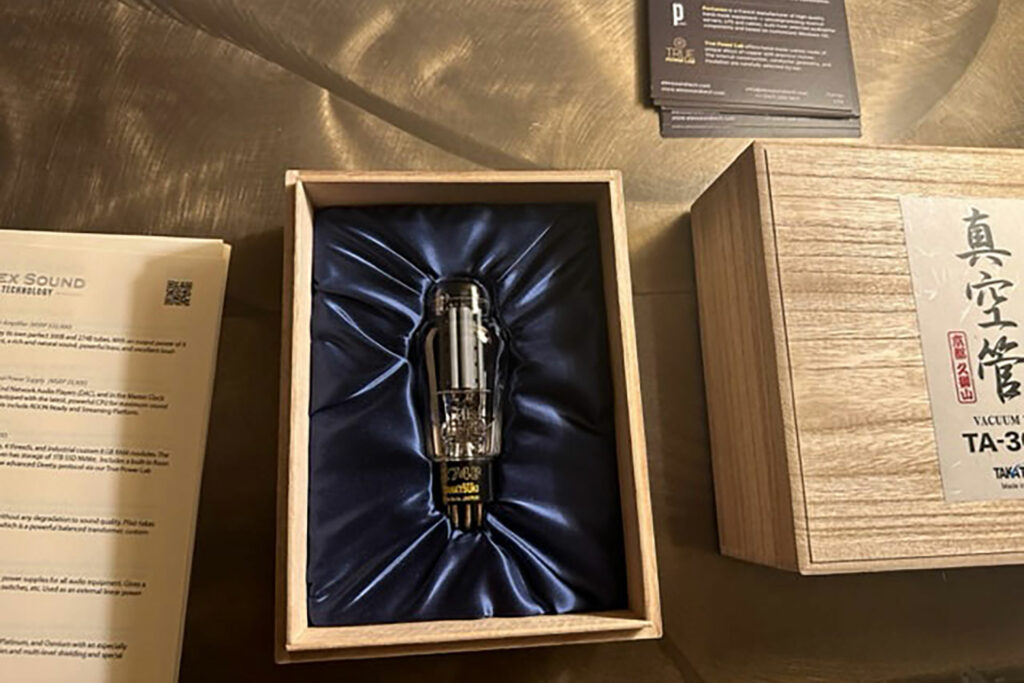
Final Thoughts on How Distortion Can Ruin Sonics and How It Can Be Reduced …
Because distortion is created and occurs in so many different ways, there is no one single method with any measure of guaranteed results. For my own purposes, I started with the easiest solution – footer devices and platforms. I started with one component, then another, and kept going, little by little, until my entire system was protected. I have used multiple solutions in the hopes of better results. If any of these efforts failed, I tried something else. The result is a much cleaner musical presentation. SNR has been reduced. And I am the happy recipient of a virtually inaudible level of distortion. Of course, it is still there, lurking in the background but, fortunately, I rarely ever notice its deleterious effects.
Some of these solutions, like speaker cable elevators and insulation where two cables touch, can be DIY projects and will normally offer real monetary value. Others can be very expensive, but not always. There are a wide range of products in the marketplace designed to remove distortion from music. The fact of the matter is that distortion creeps into our audio systems in so many different ways that it may easily become a head-scratching exercise. Frustratingly, some level of distortion may not even be recognized until it has been removed. Only then will the music shine through and, with hopeful expectations, create an oh-wow, mic-drop moment. I encourage everyone to read and better familiarize yourselves with the practice of reducing distortion in your audiophile systems. It can range from spending many thousands of dollars to moving a couple of components to eliminate an annoying ground loop hum. Best of all, putting forth the effort will make sitting in the listening chair sound so much better. Our cumulative goal is finely-reproduced music. Reducing distortion is one surefire means of achieving this goal.



